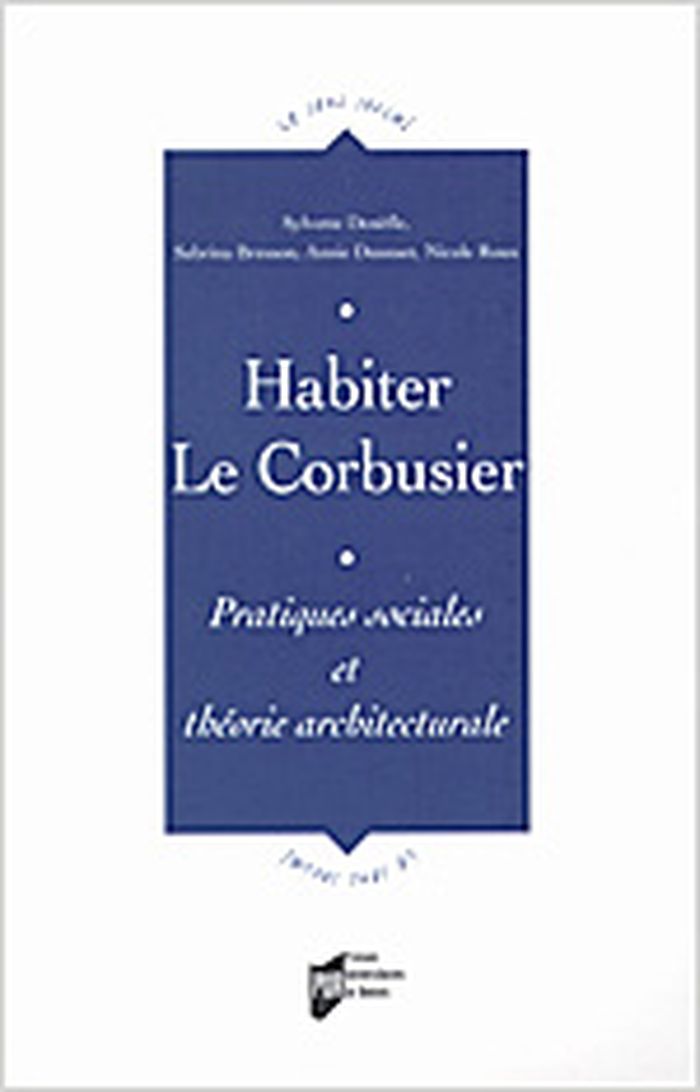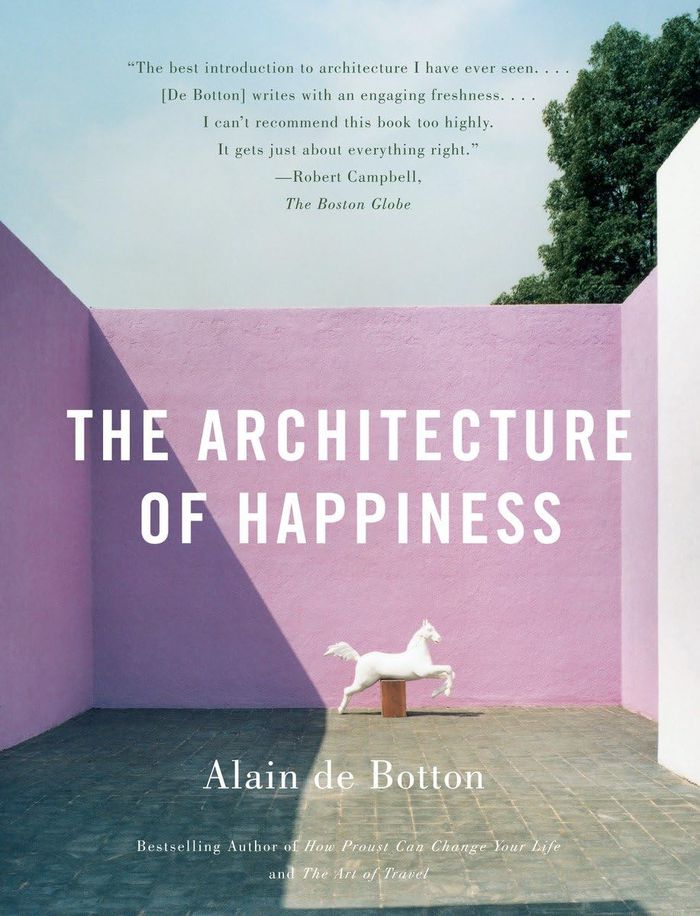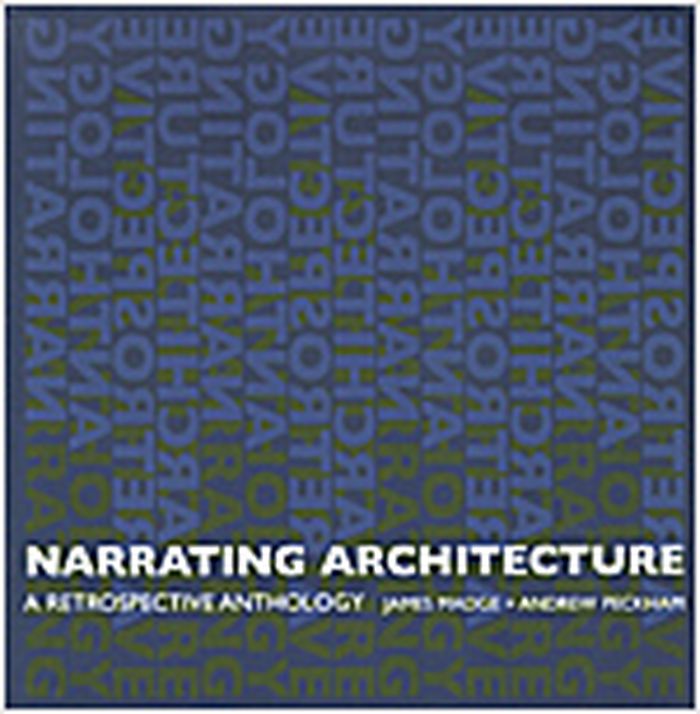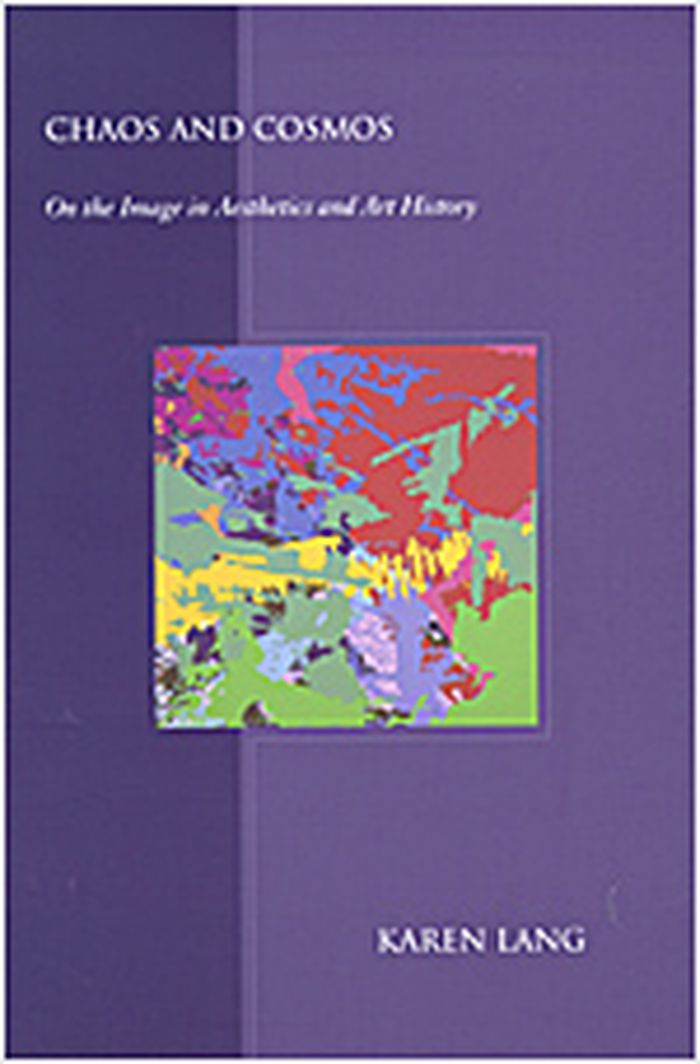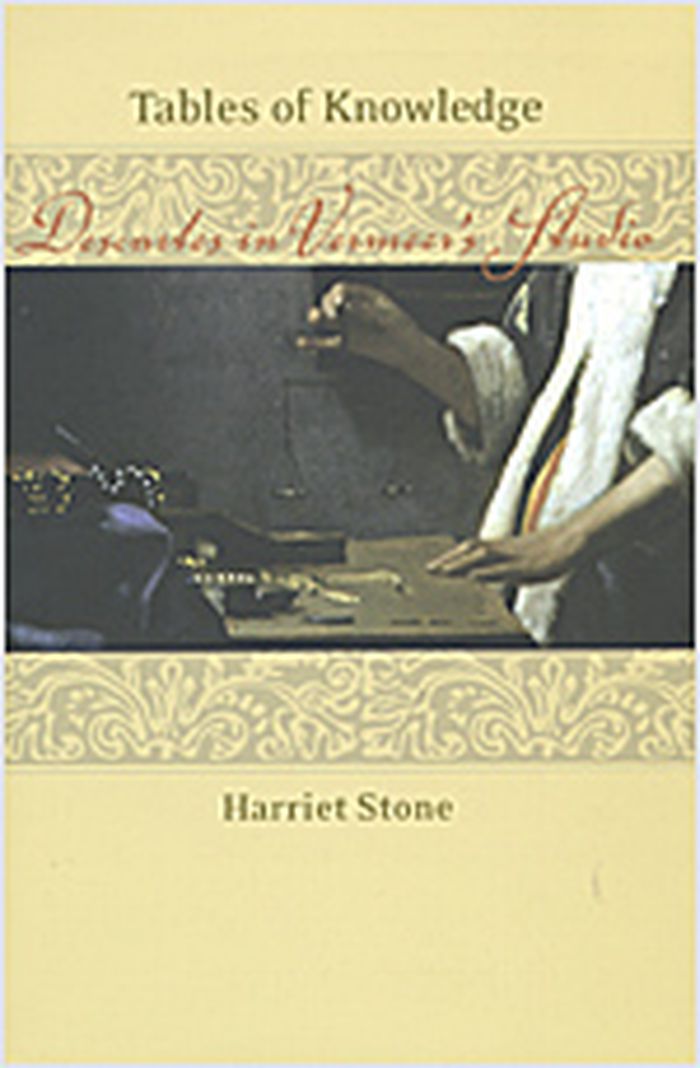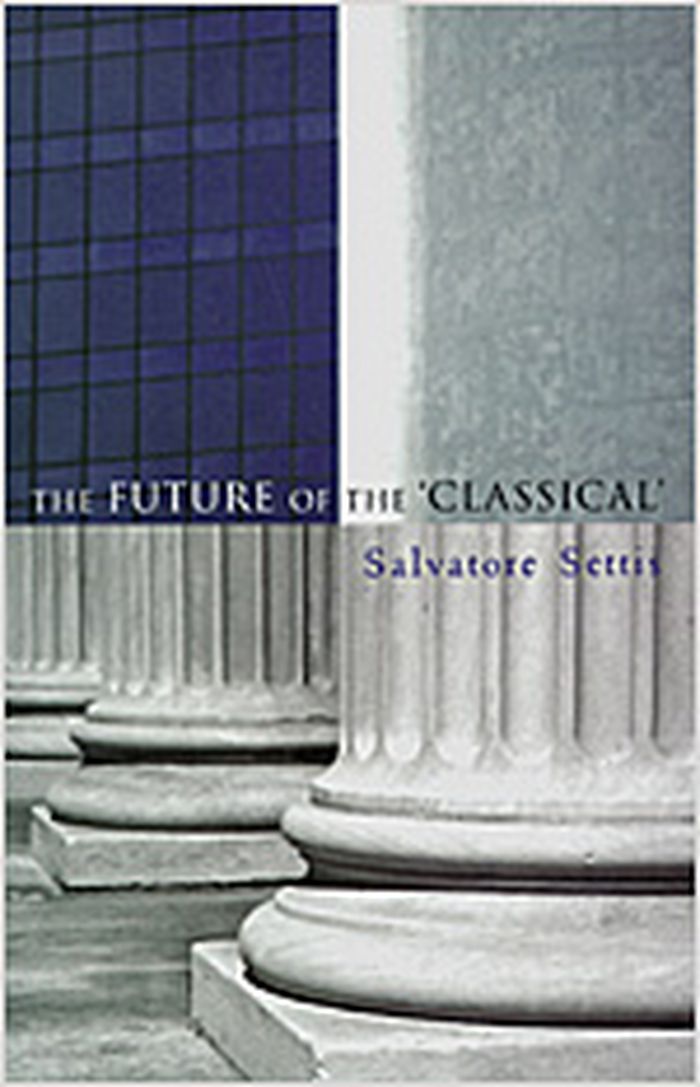$30.95
(available to order)
Summary:
Historiens, architectes, urbanistes ont contribué très largement à la connaissance de Charles-Edouard Jeanneret, dit Le Corbusier. Cependant le bilan social des réalisations de ce grand architecte n'a que très rarement fait l'objet d'une expertise sociologique. Comment vit-on dans l'architecture de Le Corbusier? Quelles implications ses conceptions urbanistiques ont-elles(...)
Architectural Theory
September 2006, Rennes
Habiter le Corbusier : pratiques sociales et théorie architecturale
Actions:
Price:
$30.95
(available to order)
Summary:
Historiens, architectes, urbanistes ont contribué très largement à la connaissance de Charles-Edouard Jeanneret, dit Le Corbusier. Cependant le bilan social des réalisations de ce grand architecte n'a que très rarement fait l'objet d'une expertise sociologique. Comment vit-on dans l'architecture de Le Corbusier? Quelles implications ses conceptions urbanistiques ont-elles eues sur la vie des habitants? L'architecture moderne a-t-elle répondu à ses promesses ainsi qu'aux attentes de ses utilisateurs? Deux ans d'enquête auprès des habitants de la Maison Radieuse de René, une des cinq unités d'habitation de grandeur conforme réalisées par Le Corbusier, ont permis de confronter les conceptions de l'architecte à la réalité des pratiques habitantes. L'étude explore les modes de vie, les choix résidentiels, les aménagements, les sociabilités, les rapports à l'environnement paysager et urbain dans une perspective de comparaison avec les projets et les théories de Le Corbusier. Cette recherche met en évidence le rapport identitaire des habitants à la Maison Radieuse, voire à l'architecture et à -l'architecte; montre comment les grandes transformations sociales et économiques du XXe siècle rencontrent ce projet avant-gardiste; souligne les évolutions d'un habitat social stigmatisé comme tel et cependant classé au titre des Monuments Historiques.
Architectural Theory
$22.95
(available in store)
Summary:
Alain de Botton considers how our private homes and public edifices influence how we feel, and how we could build dwellings in which we would stand a better chance of happiness. In this look at how we shape, and are shaped by, our surroundings, Alain de Botton applies Stendhal’s motto that "Beauty is the promise of happiness" to the spaces we inhabit daily. Why should we(...)
The architecture of happiness
Actions:
Price:
$22.95
(available in store)
Summary:
Alain de Botton considers how our private homes and public edifices influence how we feel, and how we could build dwellings in which we would stand a better chance of happiness. In this look at how we shape, and are shaped by, our surroundings, Alain de Botton applies Stendhal’s motto that "Beauty is the promise of happiness" to the spaces we inhabit daily. Why should we pay attention to what architecture has to say to us? de Botton asks. With his trademark lucidity and humour, de Botton traces how human needs and desires have been served by styles of architecture, from stately Classical to minimalist Modern, arguing that the stylistic choices of a society can represent both its cherished ideals and the qualities it desperately lacks. On an individual level, de Botton has deep sympathy for our need to see our selves reflected in our surroundings; he demonstrates with great wisdom how buildings — just like friends — can serve as guardians of our identity.
Architectural Theory
books
Notes for those beginning the discipline of architecture alternate ending 1 : the glimmering noise
$22.95
(available to order)
Summary:
Michael Meredith hits hard with his first publication in the form of a Manifesto on architecture but the theme crosses into all design related professions.
Notes for those beginning the discipline of architecture alternate ending 1 : the glimmering noise
Actions:
Price:
$22.95
(available to order)
Summary:
Michael Meredith hits hard with his first publication in the form of a Manifesto on architecture but the theme crosses into all design related professions.
books
January 2007
Architectural Theory
books
$37.95
(available to order)
Summary:
Cet ouvrage propose quatorze portraits et réflexions sur des architectes de renom que l'auteur a eu le privilège de rencontrer et de côtoyer. Mêlant les réflexions générales sur leurs œuvres à ses souvenirs et impressions personnelles, il offre un livre à la fois savant et vivant, construit et habité, qui restitue les débats, visions et réalisations des années 1952 à 2005.
Réfléchissements : rencontres d'architectes
Actions:
Price:
$37.95
(available to order)
Summary:
Cet ouvrage propose quatorze portraits et réflexions sur des architectes de renom que l'auteur a eu le privilège de rencontrer et de côtoyer. Mêlant les réflexions générales sur leurs œuvres à ses souvenirs et impressions personnelles, il offre un livre à la fois savant et vivant, construit et habité, qui restitue les débats, visions et réalisations des années 1952 à 2005.
books
November 2006, Gollion
Architectural Theory
books
$54.95
(available in store)
Summary:
Cet ouvrage exauce enfin le vœu de Le Corbusier de voir éditées les six conférences qu'il prononça à Rio de Janeiro en août 1936. Après les dix conférences de Buenos Aires, en 1929, publiées dans Précisions sur un état présent de l'architecture et de l'urbanisme (1930), cet inédit est le deuxième recueil de conférences de l'architecte. Et, comme ce fut le cas à Alger,(...)
Le Corbusier : conférences de Rio - 1936
Actions:
Price:
$54.95
(available in store)
Summary:
Cet ouvrage exauce enfin le vœu de Le Corbusier de voir éditées les six conférences qu'il prononça à Rio de Janeiro en août 1936. Après les dix conférences de Buenos Aires, en 1929, publiées dans Précisions sur un état présent de l'architecture et de l'urbanisme (1930), cet inédit est le deuxième recueil de conférences de l'architecte. Et, comme ce fut le cas à Alger, Moscou, Bruxelles, Athènes, Paris, Stockholm, Rome, Buenos Aires, São Paulo ou Montevideo, ces conférences jouèrent un rôle central dans la propagation de ses idées sur l'architecture et l'urbanisme. L'importance de ce recueil tient au fait qu'il permet de mesurer le chemin parcouru par Le Corbusier entre 1929 et 1936, l'évolution de sa " technique " de conférencier - comme il la nomme - et celle de ses idées au cours de ces années particulièrement critiques pour l'Europe et pour le monde. Enfin, à travers les propos transcrits, la reproduction des dessins et des projections, on peut non seulement suivre la manière dont Le Corbusier transmettait son message, mais aussi reconstituer le temps et le rythme des conférences, les commentaires qu'il improvisait en restituent l'ambiance et les moments d'intensité.
books
September 2006, Paris
Architectural Theory
$59.95
(available to order)
Summary:
This anthology brings together the best papers from the first ten years of "The Journal of Architecture", published together for the first time in a single volume. Covering a wide range of topics of central importance to architecture today, the papers also address the related topics to which architecture and architectural studies are inextricably linked. The invited(...)
Architectural Theory
August 2006, London, New York
Narrating architecture : a retrospective anthology
Actions:
Price:
$59.95
(available to order)
Summary:
This anthology brings together the best papers from the first ten years of "The Journal of Architecture", published together for the first time in a single volume. Covering a wide range of topics of central importance to architecture today, the papers also address the related topics to which architecture and architectural studies are inextricably linked. The invited authors draw on sociology, philosophy, cultural studies and the sciences to round out the collection and highlight the breadth and vitality of modern architectural studies, offering perspectives from different disciplines as well as different corners of the globe.
Architectural Theory
books
Cartographic cinema
$31.50
(available to order)
Summary:
Cartography and cinema are what might be called locational machinery. Maps and movies tell their viewers where they are situated, what they are doing, and, to a strong degree, who they are. In this work,scholar Tom Conley establishes the ideological power of maps in classic, contemporary, and avant-garde cinema to shape the imaginary and mediated relations we hold with(...)
Cartographic cinema
Actions:
Price:
$31.50
(available to order)
Summary:
Cartography and cinema are what might be called locational machinery. Maps and movies tell their viewers where they are situated, what they are doing, and, to a strong degree, who they are. In this work,scholar Tom Conley establishes the ideological power of maps in classic, contemporary, and avant-garde cinema to shape the imaginary and mediated relations we hold with the world. "Cartographic cinema" examines the affinities of maps and movies through comparative theory and close analysis of films from the silent era to the French New Wave to Hollywood blockbusters. In doing so, Conley reveals that most of the movies we see contain maps of various kinds and almost invariably constitute a projective apparatus similar to cartography. In addition, he demonstrates that spatial signs in film foster a critical relation with the prevailing narrative and mimetic registers of cinema. Conley convincingly argues that the very act of watching films, and cinema itself, is actually a form of cartography. Unlike its function in an atlas, a map in a movie often causes the spectator to entertain broader questions—not only about cinema but also of the nature of space and being.
books
December 2006, Minneapolis, London
Architectural Theory
$31.50
(available to order)
Summary:
In "Chaos and cosmos", Karen Lang addresses the power of art to resist the pressures of the transcendental vantage point-history. Uncovering the intellectual and cultural richness of the early years of academic art history in Germany -the period from the 1880s to 1940 - she explores various attempts within art history to transform aesthetic phenomena -chaos- into the(...)
Chaos in cosmos : on the image in aesthetics and art history
Actions:
Price:
$31.50
(available to order)
Summary:
In "Chaos and cosmos", Karen Lang addresses the power of art to resist the pressures of the transcendental vantage point-history. Uncovering the intellectual and cultural richness of the early years of academic art history in Germany -the period from the 1880s to 1940 - she explores various attempts within art history to transform aesthetic phenomena -chaos- into the cosmos of a systematic, unified field of inquiry. Lang starts by examining Panofsky's approach to aesthetic phenomena in his early theoretical essays alongside Ernst Cassirer's contemporaneous publications on the substance and function of scientific concepts (and on Einstein's theory of relativity). She then turns to the subject of aesthetic judgment through a rereading of Kantian subjectivity and Kant's uneasy legacy in art history. From here, Lang considers the different organizing theories of symbolic form proposed by Aby Warburg and Cassirer, as well as Goethe's inspiration for both; Alois Riegl's notion of age value and Walter Benjamin's conceptions of the aura; concluding with an extended examination of objectivity and the figure of the art connoisseur. Illustrated with works of art from the Enlightenment to the present day, this book illuminates an intellectual legacy that has profoundly shaped the study of the history of art in ways that have, until now, been largely unacknowledged. Addressing the interplay of chaos and cosmos in terms of history, art history, philosophy, and epistemology, Lang traces shifts in point of view in art history and the way these shifts change aesthetic objects into historical objects, and even objects of knowledge.
Architectural Theory
$49.95
(available to order)
Summary:
Descartes believed that his analytic model applied to all fields of research and that all branches of science lead to truth. His many analogies with literature and art notwithstanding, Descartes offers an entry into knowledge that fails nevertheless to take into account how in the seventeenth century Dutch painters such as Vermeer similarly order a view of the world by(...)
Tables of knowledge : Descartes in Vermeer's studio
Actions:
Price:
$49.95
(available to order)
Summary:
Descartes believed that his analytic model applied to all fields of research and that all branches of science lead to truth. His many analogies with literature and art notwithstanding, Descartes offers an entry into knowledge that fails nevertheless to take into account how in the seventeenth century Dutch painters such as Vermeer similarly order a view of the world by concentrating on the properties of individual objects. Descartes's celebrated scientific method offers a protocol for conducting experiments; Harriet Stone argues that this method can also serve as a guide for classifying the findings obtained from experiments. Tables of Knowledge shows that Dutch genre paintings and still lifes enact in visual form a process of recording information similar to that of science, with intriguing results. Stone investigates such diverse topics as seventeenth-century advances in optics and the attendant explosion of data about the natural world; the proliferation of material goods in prosperous Dutch homes; and the compelling realism of Golden Age paintings. Vermeer and his contemporaries, she contends, transform a potentially threatening consumerism into the viewer's aesthetic pleasure. The artists' depictions of rooms where framed images and maps adorn walls and where fruit, shimmering glassware, gold pieces, and other precious items are set out on tables constitute an inventory of middle-class life. Appealing to both the eye and the mind, Dutch paintings convey meaning by accentuating the luxury of objects displayed in all their specificity. While not without its voyeuristic, sensual, and even lascivious overtones, art offered the Dutch, who labored under the moral austerity of the Protestant Church, a way of bearing witness to ordinary experience that was unmistakably satisfying and surprisingly Cartesian.
Architectural Theory
$24.95
(available to order)
Summary:
In this new book, Salvatore Settis traces the ways in which we have related to our "classical" past, starting with post-modern American skyscrapers and working his way back through our cultural history to the attitudes of the Greeks and Romans themselves. Settis argues that this obsession with cultural decay, ruins and a "classical" past is specifically European and the(...)
Architectural Theory
August 2006, Cambridge, Malden (MA)
The future of the 'Classical'
Actions:
Price:
$24.95
(available to order)
Summary:
In this new book, Salvatore Settis traces the ways in which we have related to our "classical" past, starting with post-modern American skyscrapers and working his way back through our cultural history to the attitudes of the Greeks and Romans themselves. Settis argues that this obsession with cultural decay, ruins and a "classical" past is specifically European and the product of a collective cultural trauma following the collapse of the Roman Empire. He demonstrates how the idea of the "classical" has changed over the centuries through an unrelenting decay of "classicism" and its equally unrelenting rebirth in an altered form. In the Modern Era this emulation of the "ancients" by the "moderns" was accompanied by new trends: the increasing belief that the former had now been surpassed by the latter, and an increasing preference for the Greek over the Roman. These conflicting interpretations were as much about the future as they were about the past. No civilization can invent itself if it does not have other societies in other times and other places to act as benchmarks. Settis argues that we will be better equipped to mould new generations for the future once we understand that the "classical" is not a dead culture we inherited and for which we can take no credit, but something startling that has to be re-created every day and is a powerful spur to understanding the "other".
Architectural Theory
